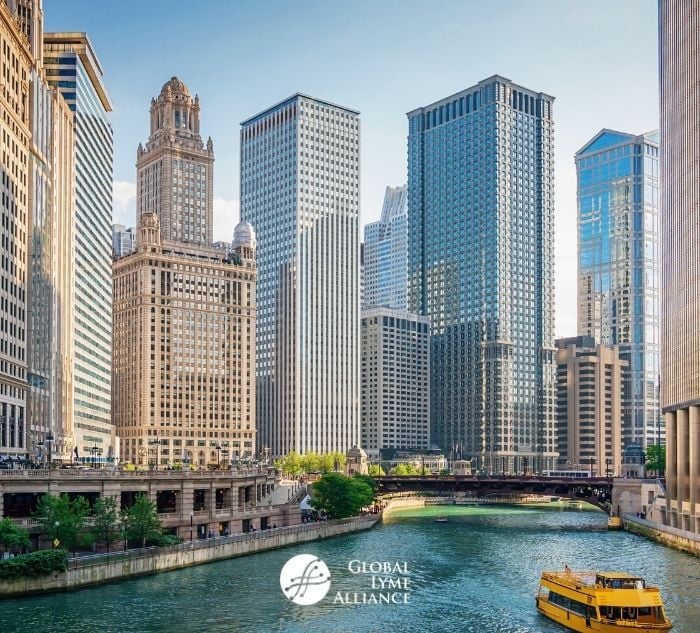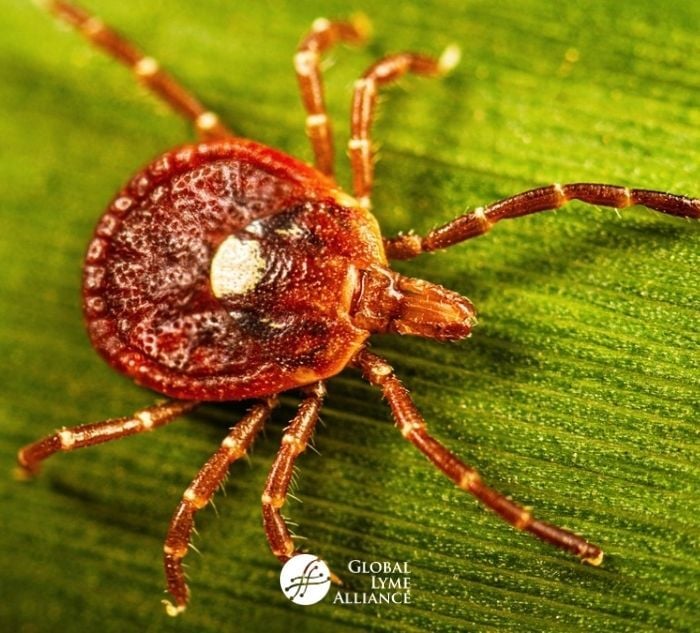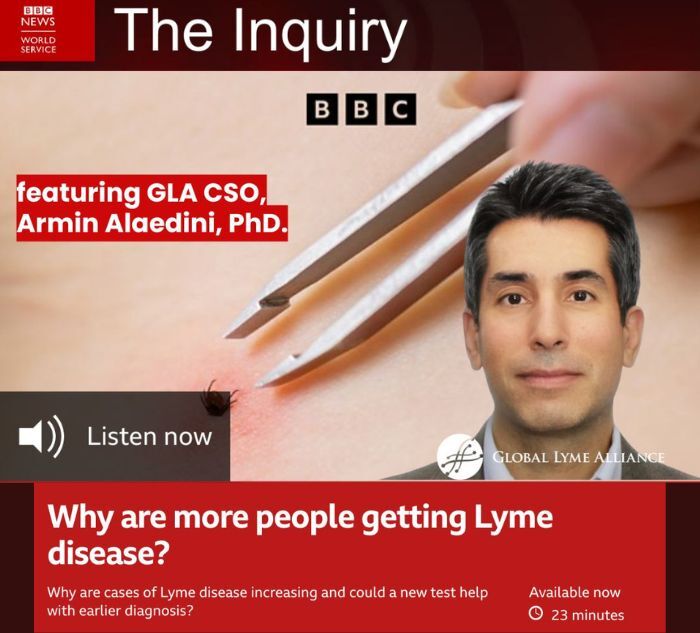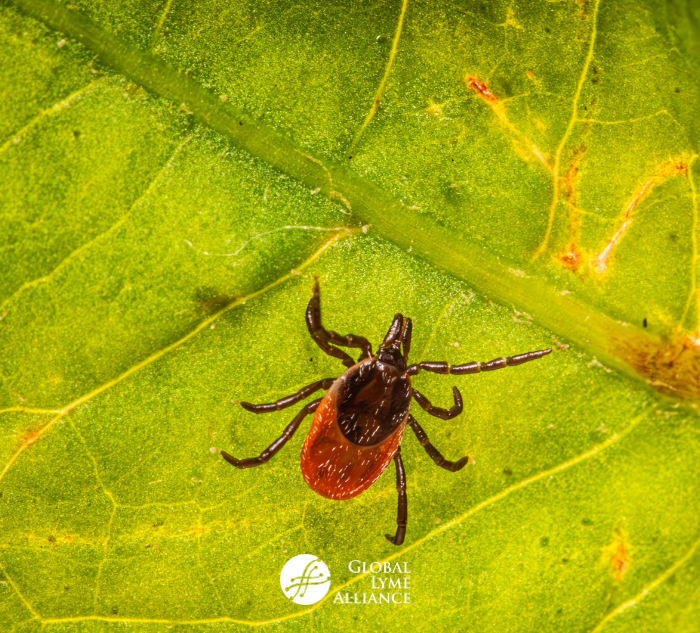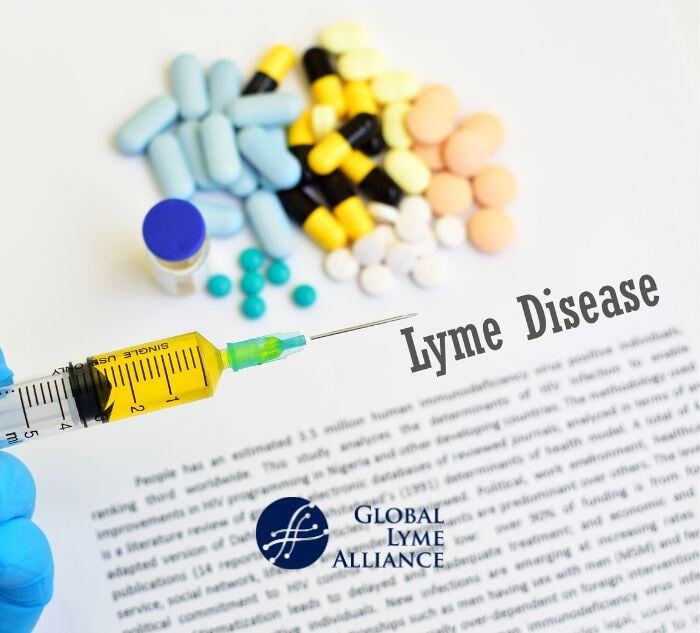
Jennifer Crystal weighs in on the complexities of Lyme disease treatment, including antibiotics, natural remedies, and holistic approaches to achieve wellness and maintain remission.
When I was first diagnosed with Lyme disease, I thought, “Great! It’s a bacterial infection. I’ll take some antibiotics and will be good to go.” Though antibiotics did play a significant role in my treatment protocol, as they do for many Lyme patients, the journey to wellness was not as quick or easy as I thought. If you’ve just been diagnosed with Lyme, you may wonder if a simple course of antibiotics will treat the illness. In many cases, it can, but others require different or additional treatments, all depending on the patient.
Nearly half a million people in the U.S. are diagnosed with Lyme disease each year. Of those cases, no two are alike. Even cases that are caught immediately might present differently in different patients. Many get an Erythema Migrans (EM) rash; some never do. Some get fever and headaches, some get joint aches, some get swollen lymph nodes, some get all of these flu-like symptoms and more.
How Lyme disease manifests and how someone reacts to it depends on their immune system, any underlying conditions, whether or not they have other tick-borne illnesses (co-infections), how long they went before being diagnosed, and what stage of disease they are in. A Lyme Literate Medical Doctor (LLMD) can do a thorough evaluation and make an individualized protocol. Let’s walk through some of the treatment options they might use.
Antibiotics
Lyme disease diagnosed in stage 1, early localized disease, can often be cleared with a course of antibiotics, but the length and type of antibiotic can vary. The most common is doxycycline but doctors may prescribe others such as amoxicillin or cefuroxime. Courses should be at least 14-21 days but may be longer depending on a patient’s symptoms. Some people’s symptoms clear up with just one course; 10-20% do not, and often require further treatment.
If Lyme disease is not caught and treated right away, the bacterium moves to other parts of the body, becoming stage 2 (early disseminated Lyme) or stage 3 (late disseminated Lyme). Again, the way Lyme manifests can be different for everyone. For some, the bacterium crosses the blood-brain barrier and causes neurological symptoms. For others, it moves to the heart, causing Lyme carditis. Still others develop Lyme arthritis.
My own case was not diagnosed until stage 3, and was complicated by the co-infections babesiosis, ehrlichiosis, and possible bartonella, as well as by chronic active Epstein-Barr virus. This means that in addition to antibiotic treatment for Lyme, I also needed different types of treatment for the other infections (such as antimalarial treatment for babesiosis).
The stage of disease and your symptoms help determine what type of antibiotic treatment should be used and for how long (for more, see Lyme Disease Treatment). For some cases, oral antibiotics make the most sense; for others, it’s intravenous antibiotics, usually ceftriaxone. For me, it ended up being a combination of the two, starting with oral antibiotics, then moving to intravenous, then moving back to oral. You and your LLMD should work together to do a risk-benefit analysis of various treatment options and determine which is best for your specific case.
Like mine, your treatment protocol may change over time depending on how you react to the medication. If you suffer serious Herxheimer reactions, your doctor may have you pulse antibiotics (taking them for a time, then stopping, then starting again) or try different types of antibiotics or other treatment. If you’re on oral antibiotics, especially if you’re on them for a while, make sure you’re also taking probiotics (at least two hours before or after the antibiotics) to help balance the bacteria in your gut. For me and for many Lyme patients, sticking to the “Lyme disease diet” also helps with this balance.
Other medications
Medications used for other conditions, like dapsone for leprosy and disulfiram (Antabuse) for alcoholism have showed promise in treatment of persistent Lyme disease and are used by some LLMDs while research is ongoing. There are risks to these treatments. I haven’t tried either simply because they weren’t available when I was at my sickest, but had they been, I might have. Talk with your LLMD to see if one of these medications could be right for you, and make sure they explain the risks and necessary precautions.
Natural Treatment
While Lyme disease is a bacterial infection that should be treated with antibiotics, natural treatments like herbal medicine can potentially help remedy symptoms, support your immune system, and help with cellular repair, sleep, detoxification, and inflammation. I personally needed strong courses of antibiotics to get well, but also needed natural treatments to support my whole body. I have used some natural treatments after finishing antibiotic treatment.
Herbs that are used for Lyme disease include cryptolepsis sanguinolenta, black walnut (Juglans nigra), sweet wormwood (artemisia annua), cat’s claw (Uncaria tomentosa), Chinese skullcap (Scutellaria baicalensis), and cistus incanus. Some herbs can also be used to manage other tick-borne diseases.
In addition to herbs, researchers are also looking at essential oils in Lyme disease treatment. Oil derived from garlic cloves, myrhh trees, thyme leaves, cinnamon bark, allspice berries, and cumin seeds show strong activity against “persister” forms of Lyme disease bacterium in test tubes.
While natural treatments show early promise in Lyme disease treatment, more research is needed. Talk to your LLMD before starting any natural treatment, so they can help you determine which treatments are best and at which dose. Mine have varied over time and often need to be tweaked. Though natural can seem “better,” there can be risks to natural treatments, and they can interact with antibiotics or other medications, so you need to do a risk-benefit analysis for natural treatments just as you would for conventional treatment. (For more, see “Natural Treatment for Lyme Disease” and “Natural Isn’t Always Better: Getting Real About Pharmaceutical Medication”.)
A Holistic Approach
No matter what treatment options you choose, I’ve learned the hard way that you need to take care of your whole body in order to recover from Lyme disease. For me, this has meant maintaining the Lyme diet, having good sleep hygiene, exercising as I’m able (more and more so over time, but pushing it too early only hurt me), and doing adjunct therapies like integrative manual therapy, neurofeedback, and talk therapy. And, of course, making time for joy and pleasure, no matter what!
After years of treatment and one relapse, I have maintained remission for over a decade. My hope is that your tick-borne illness journey won’t be as long, but just know that there are options and there is hope.
***

Jennifer Crystal
Writer
Opinions expressed by contributors are their own. Jennifer Crystal is a writer and educator in Boston. Her work has appeared in local and national publications including Harvard Health Publishing and The Boston Globe. As a GLA columnist for over six years, her work on GLA.org has received mention in publications such as The New Yorker, weatherchannel.com, CQ Researcher, and ProHealth.com. Jennifer is a patient advocate who has dealt with chronic illness, including Lyme and other tick-borne infections. Her memoir, One Tick Stopped the Clock, was published by Legacy Book Press in 2024. Ten percent of proceeds from the book will go to Global Lyme Alliance. Contact her via email below.




